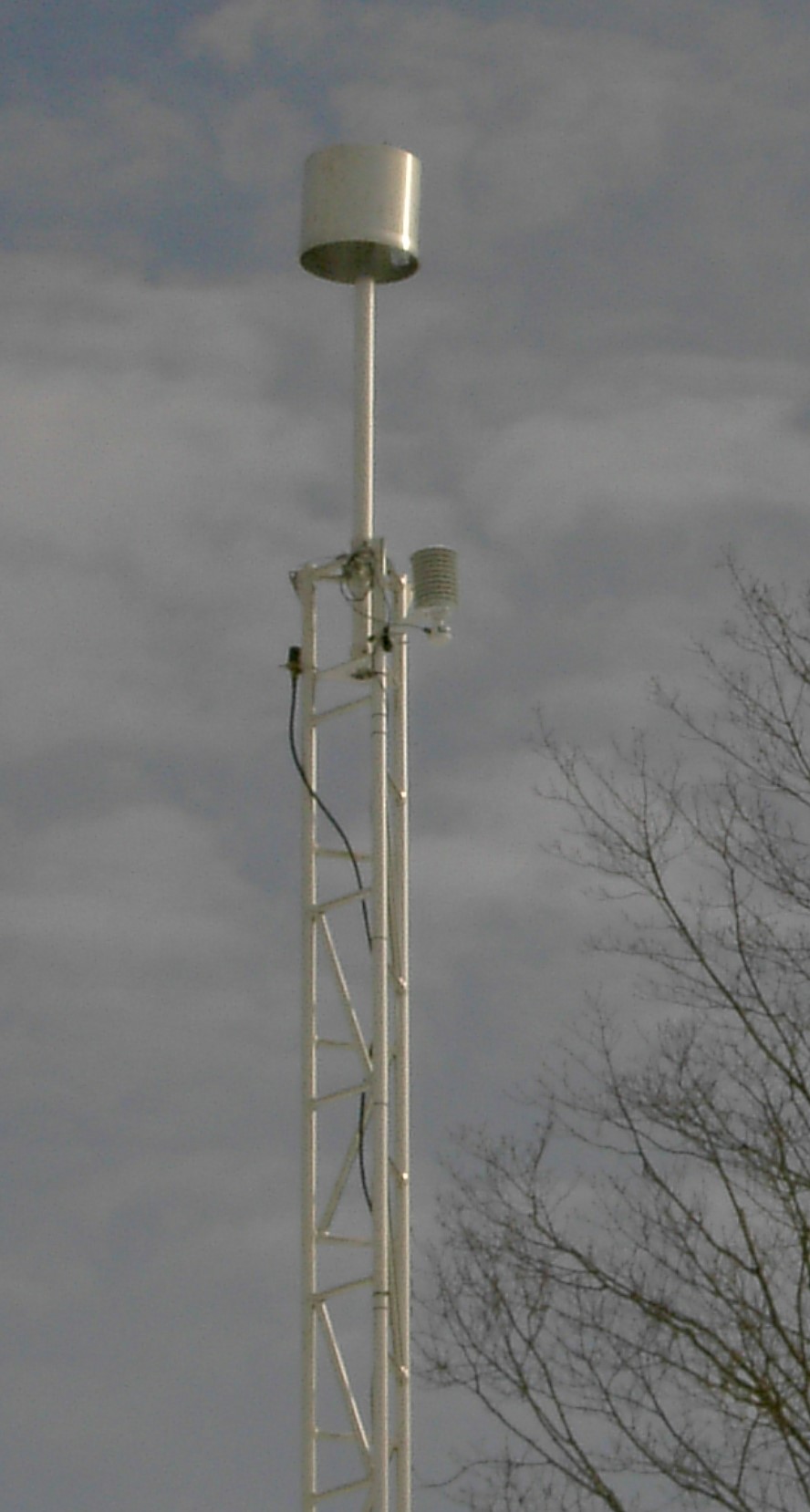Details and Metadata
Printer-friendly version View XML version Download Ecological Metadata Language file
Methods
The methods followed in the creation of the dataset, including description of field, laboratory and processing steps, and quality control procedures
Current Methods
Ammonia and ammonium collection
Started: 2012-11-20Passive diffusion-type samplers are deployed for two week periods year-round. Each sampler accumulates ammonia and ammonium for the period then is collected and shipped to a central laboratory for analysis using sonification and flow injection analysis.
Atmospheric pollutants and meteorological dat
Started: 2012-11-20Each CASTNET site measures atmospheric sulfur and nitrogen pollutants and cations. Concentrations of ambient sulfur and nitrogen species are collected and measured weekly (Tuesday to Tuesday, 168 hours) via a three-stage filter pack, and the data are averaged over the 1-week period.
Dataset Fields
Detailed documentation of the fields comprising the dataset, including the type of measurement, units where applicable, and any controlled vocabularies or code lists present in the data
Field Name Caption Description Additional Information SITE_ID Site ID Site identification code
Nominal YEAR Year Calendar year of measurement using standard Tuesday to Tuesday weeks
DateTime Date/Time Format: YYYY WEEK Week Week of year as defined by the first Tuesday to Tuesday week of the year
Ratio
Unit: week
Precision: 1DATEON Date On Date and time standard Tuesday to Tuesday period began Local Standard Time
DateTime Date/Time Format: YYYY-MM-DDThh:mm:ss DATEOFF Date Off Date and time standard Tuesday to Tuesday period ended Local Standard Time
DateTime Date/Time Format: YYYY-MM-DDThh:mm:ss SO2_CONC SO2 Concentration Mean ambient sulfur dioxide (SO2) concentration
Ratio
Unit: micrograms per cubic meter
Precision: 0.001SO4_CONC SO4 Concentration Mean ambient particulate sulfate (SO4) concentration
Ratio
Unit: micrograms per cubic meter
Precision: 0.001NO3_CONC NO3 Concentration Mean ambient particulate nitrate (NO3) concentration
Ratio
Unit: micrograms per cubic meter
Precision: 0.001HNO3_CONC HNO3 Concentration Mean ambient nitric acid (HNO3) concentration
Ratio
Unit: micrograms per cubic meter
Precision: 0.001TNO3_CONC TNO3 Concentration Total ambient nitrate (NO3+HNO3) concentration
Ratio
Unit: micrograms per cubic meter
Precision: 0.001NH4_CONC NH4 Concentration Mean ambient particulate ammonium (NH4) concentration
Ratio
Unit: micrograms per cubic meter
Precision: 0.001CA_CONC Ca Concentration Mean ambient particulate calcium (Ca) concentration
Ratio
Unit: micrograms per cubic meter
Precision: 0.001NA_CONC Na Concentration Mean ambient particulate sodium (Na) concentration
Ratio
Unit: micrograms per cubic meter
Precision: 0.001MG_CONC Mg Concentration Mean ambient particulate magnesium (Mg) concentration
Ratio
Unit: micrograms per cubic meter
Precision: 0.001K_CONC K Concentration Mean ambient particulate potassium (K) concentration
Ratio
Unit: micrograms per cubic meter
Precision: 0.001CL_CONC Cl Concentration Mean ambient particulate chloride (Cl) concentration
Ratio
Unit: micrograms per cubic meter
Precision: 0.001Sampling Equipment
Equipment and software used to collect data, including how that equipment was used.
Current Equipment
Filter pack
Started: 2012-12-20A CASTNET filter pack and vacuum pump pulls 3 liters per minute ambient air through different filters
Site Characteristics
The spatial extent of the dataset site coverage, and descriptions of the spatial extent and context for the data collection
- Site Description
Mount Mansfield site located at 400 m elevation on the west slope in the field station at Proctor Maple Research Center. Consistent with National Atmospheric Deposition Program/AMoN Siting Criteria
- Site Description
As of October 2011, eighty two CASTNET sites were operational at eighty distinct locations. Most CASTNET sites are located in rural or remote locations away from pollutant emission sources and heavily populated areas
- Site Description
The network design of CASTNET involves the measurement of rural, regionally representative concentrations of sulfur and nitrogen species to estimate dry deposition fluxes and to assess trends over time and space. Eastern U.S. sites are selected based on the following factors: (1) regional representation (2) distance from major pollutant sources (3) long-term availability, (4) accessibility, and (5) contribution to overall geographic coverage.
- Site Description
For the western CASTNET sites, the limited number of sites and higher diversity of the region make it difficult to follow spatial patterns. Therefore, site selection in the west focuses primarily on locations where specific research issues can be addressed, and where natural resources are at risk.

